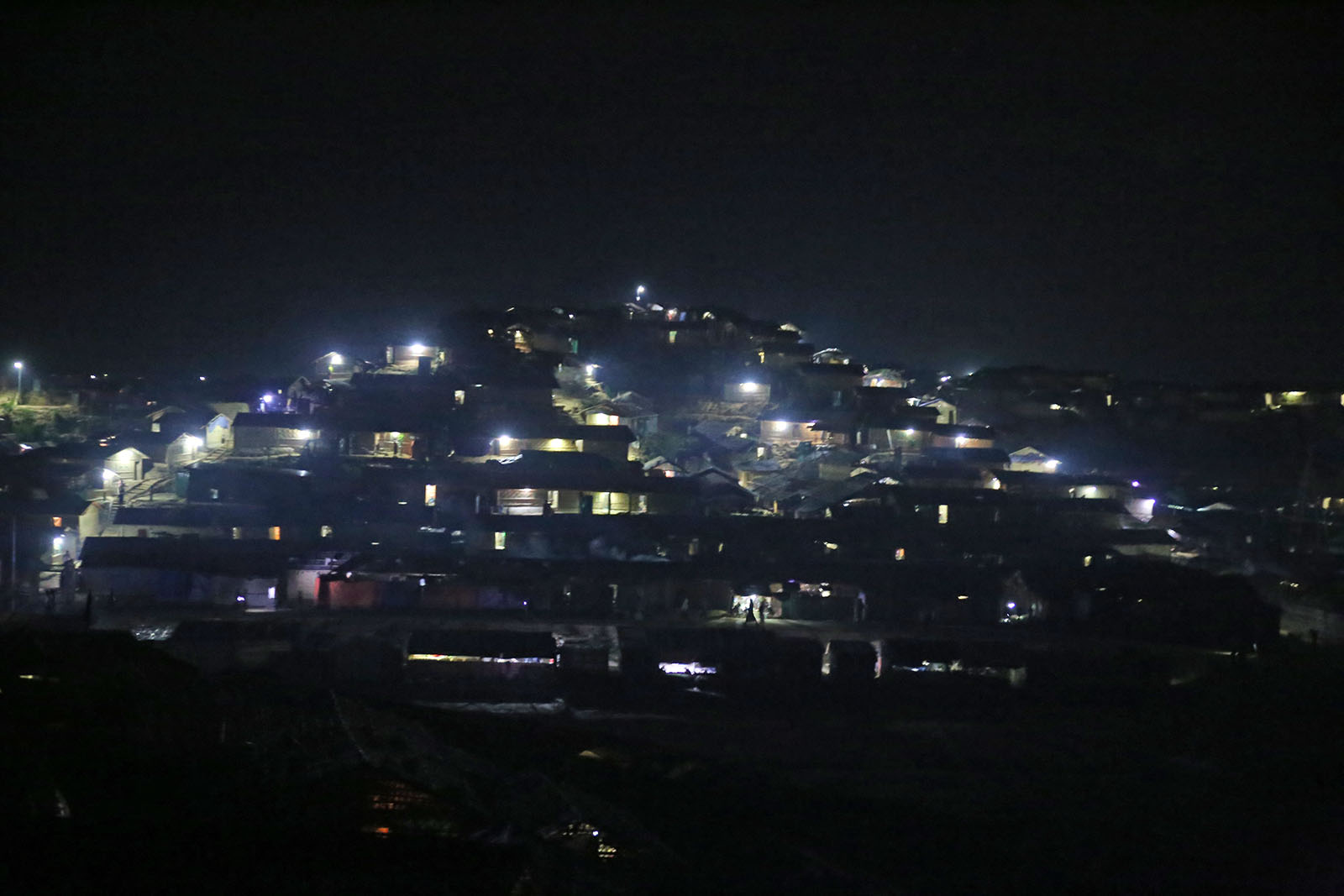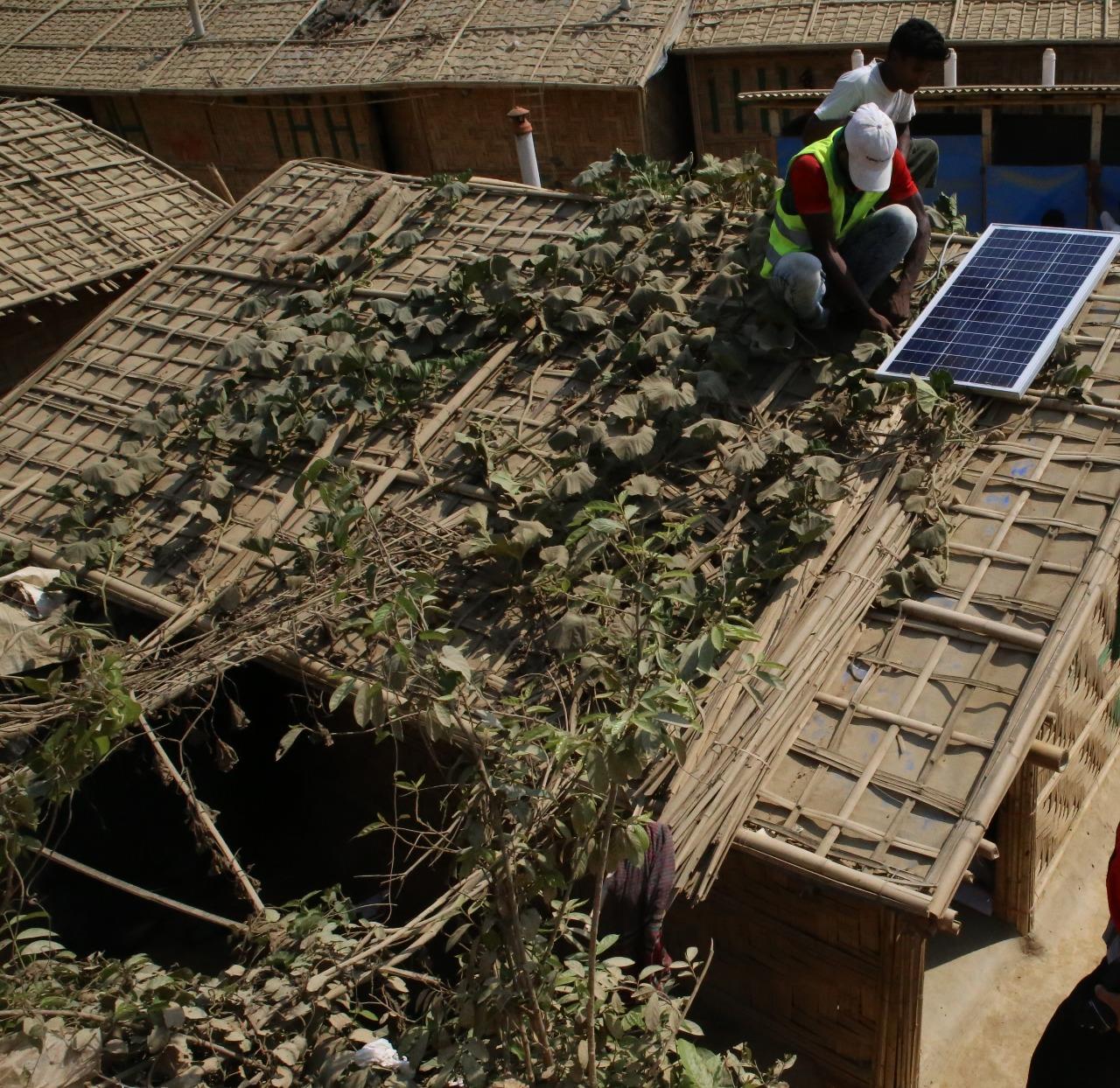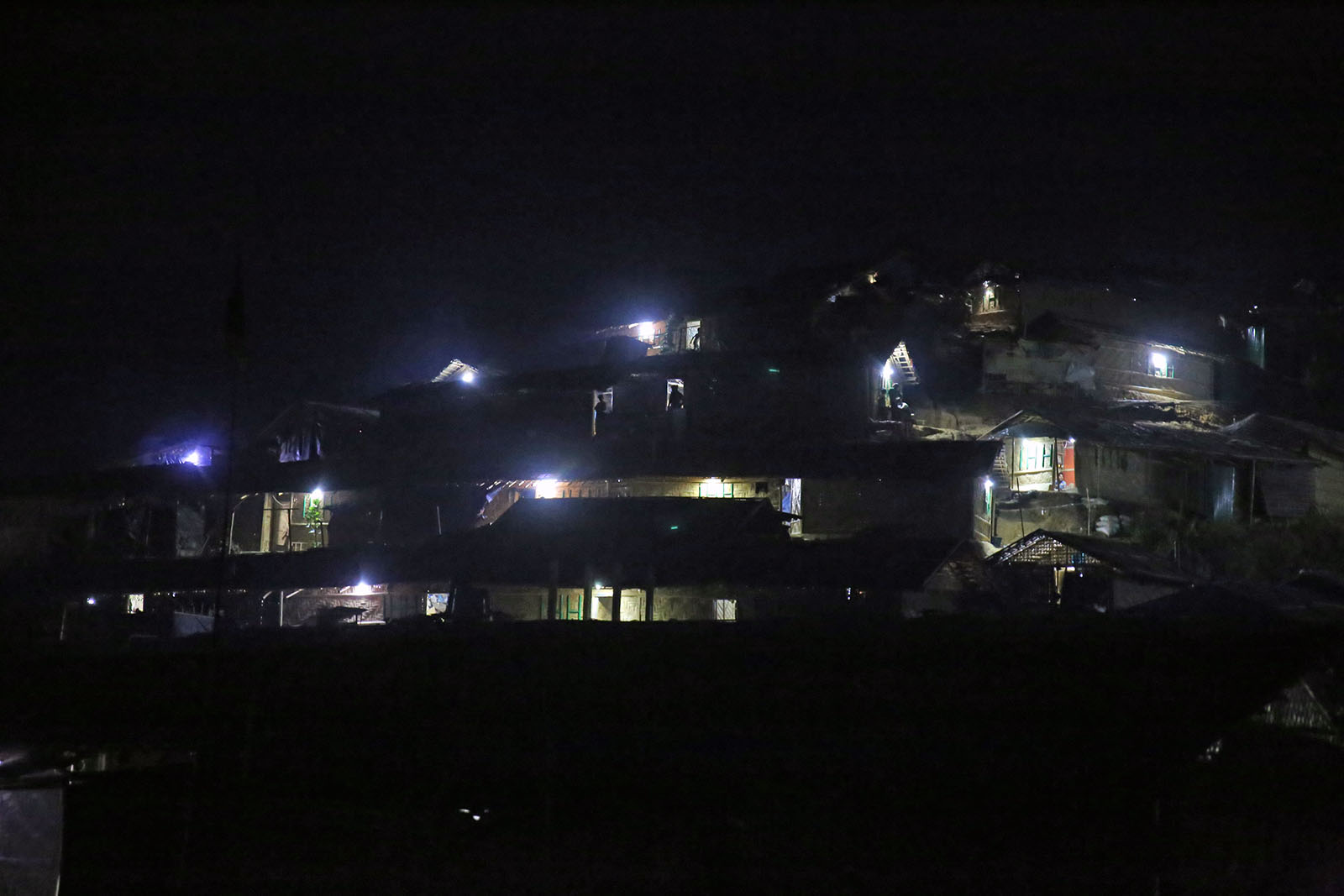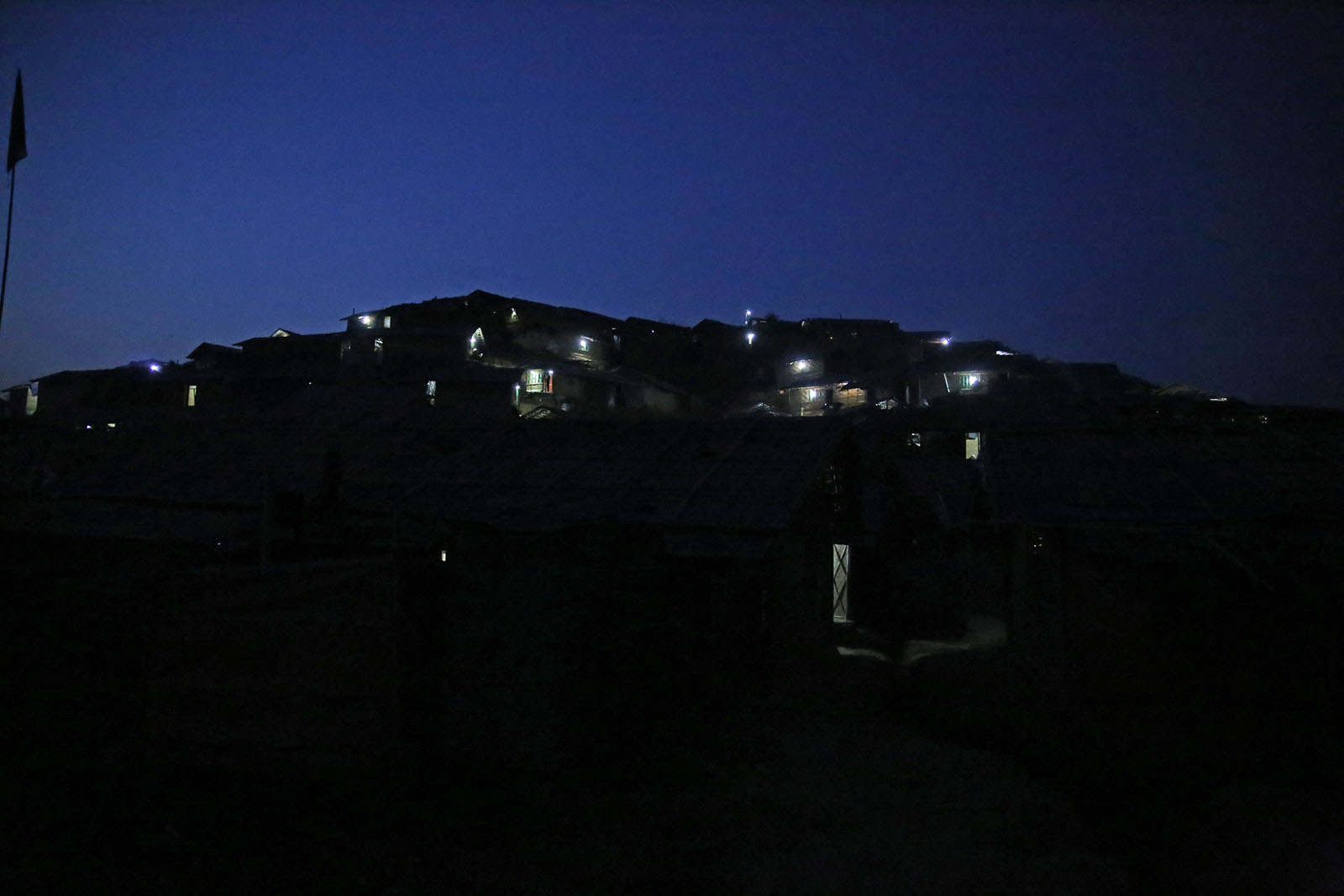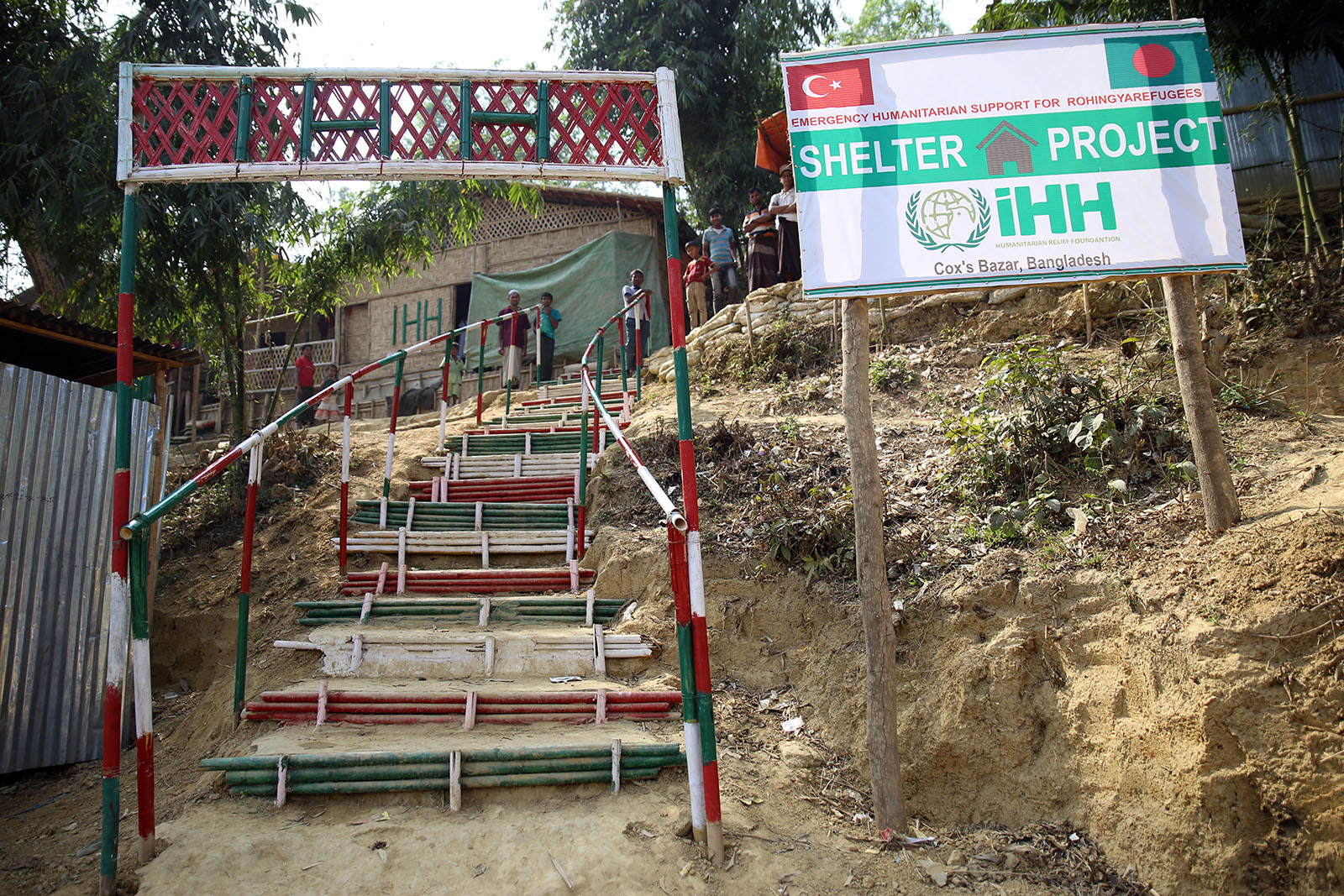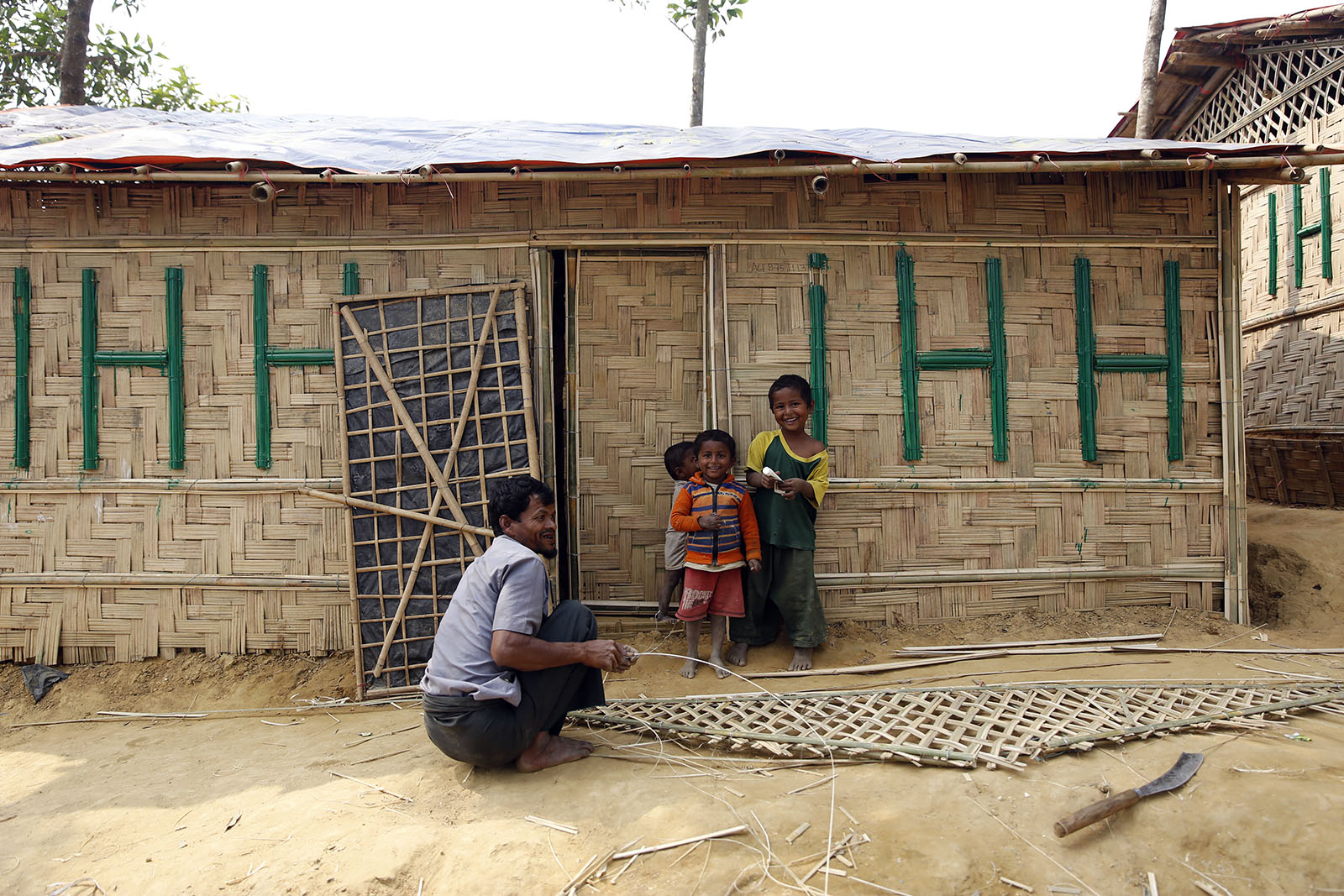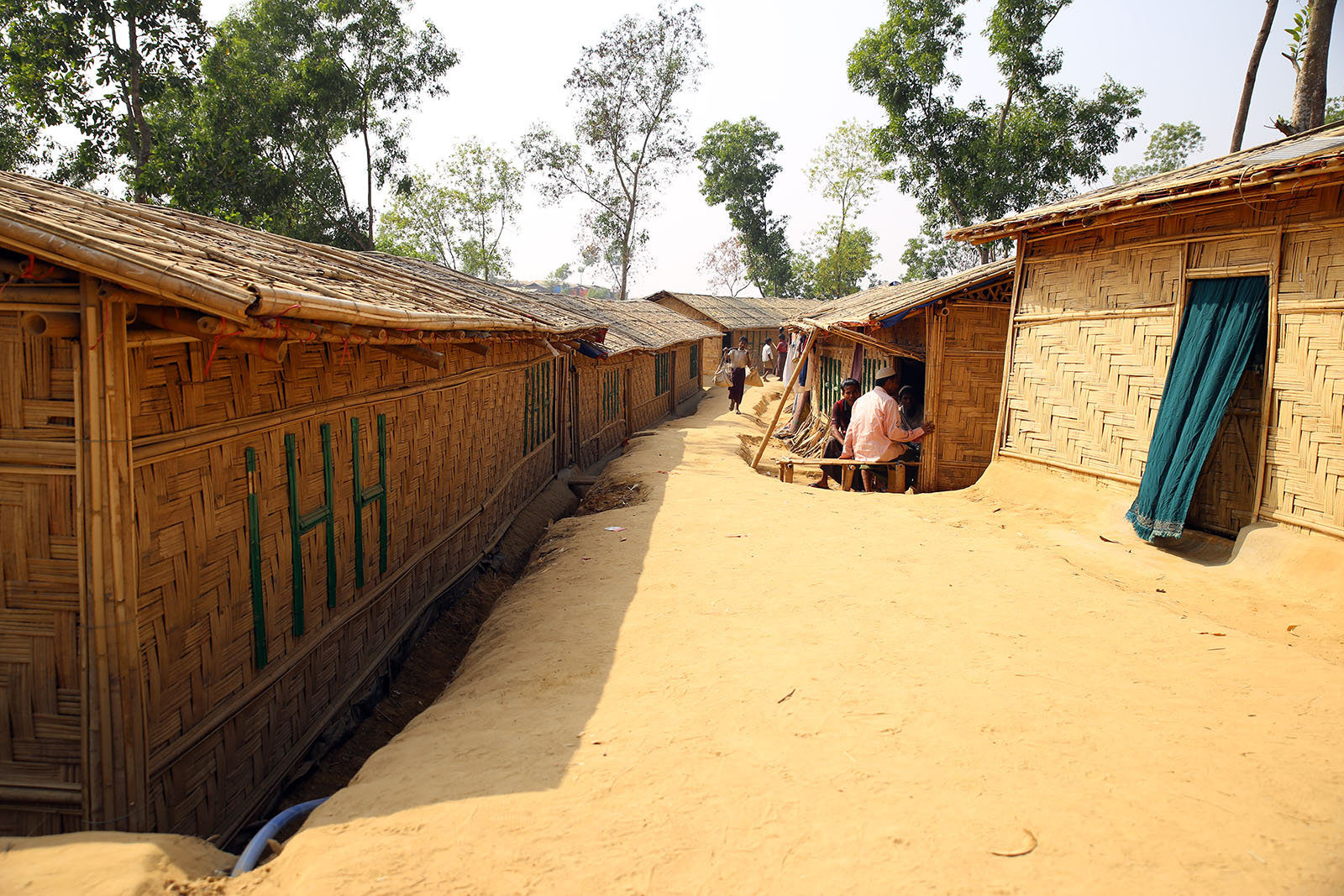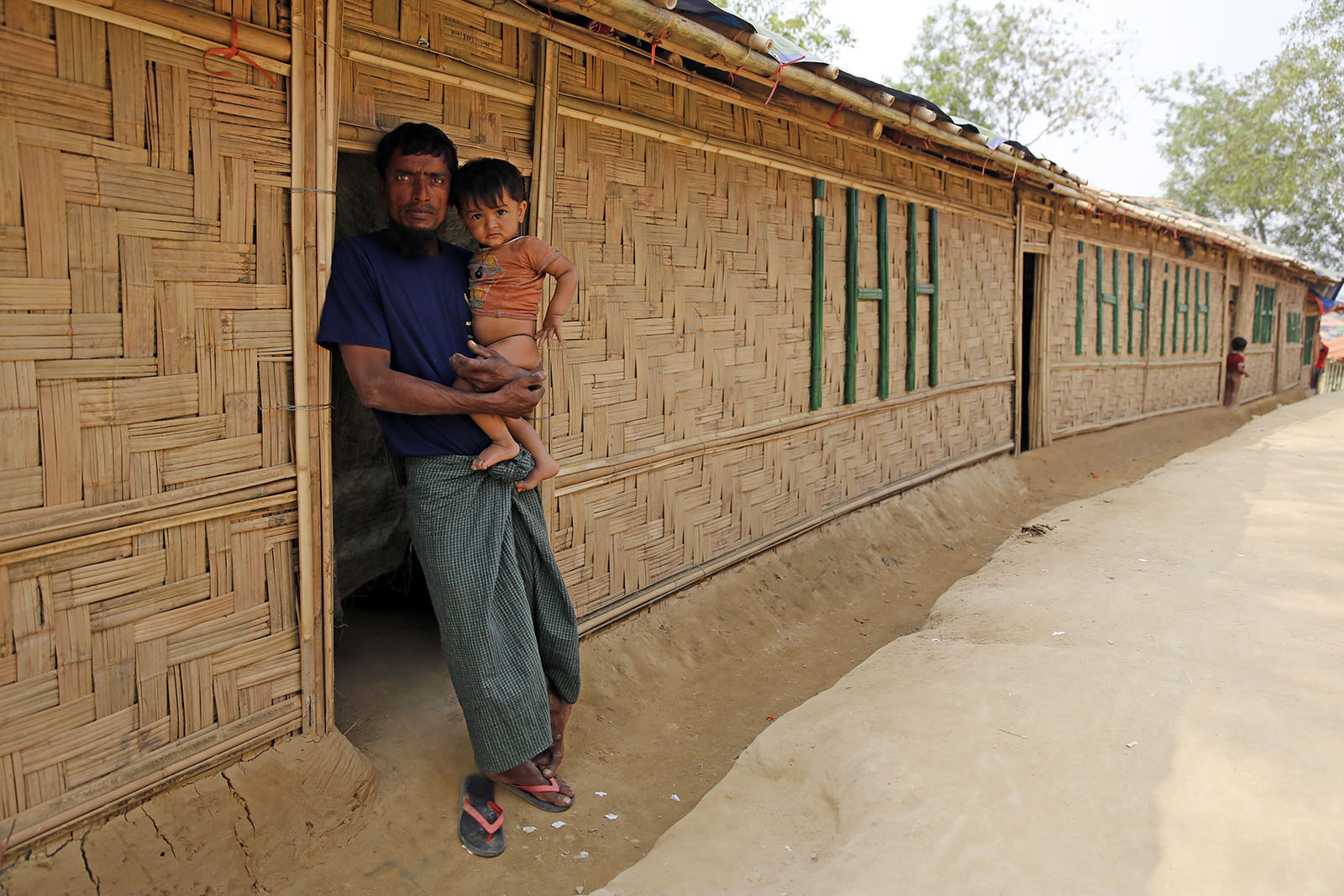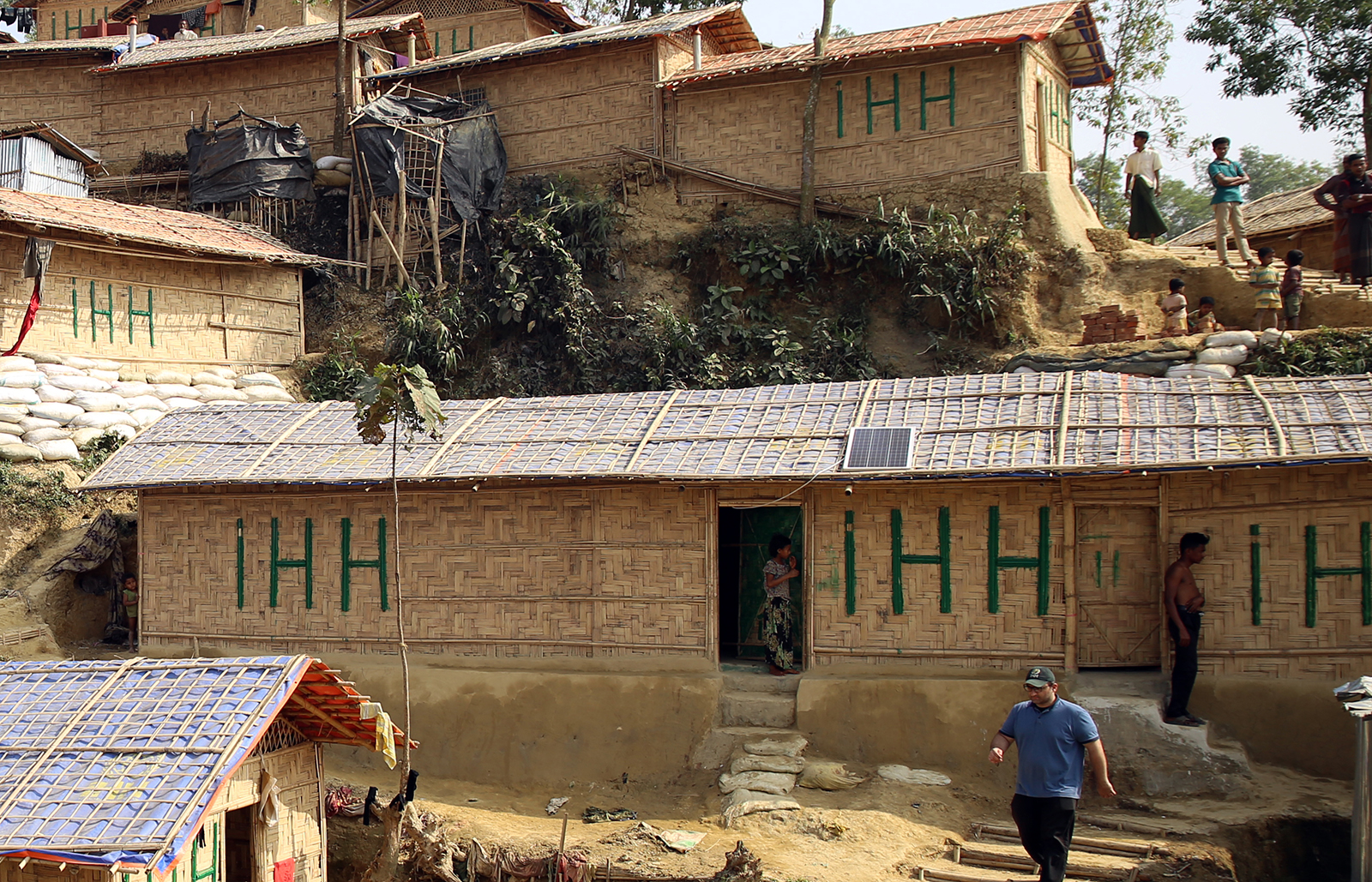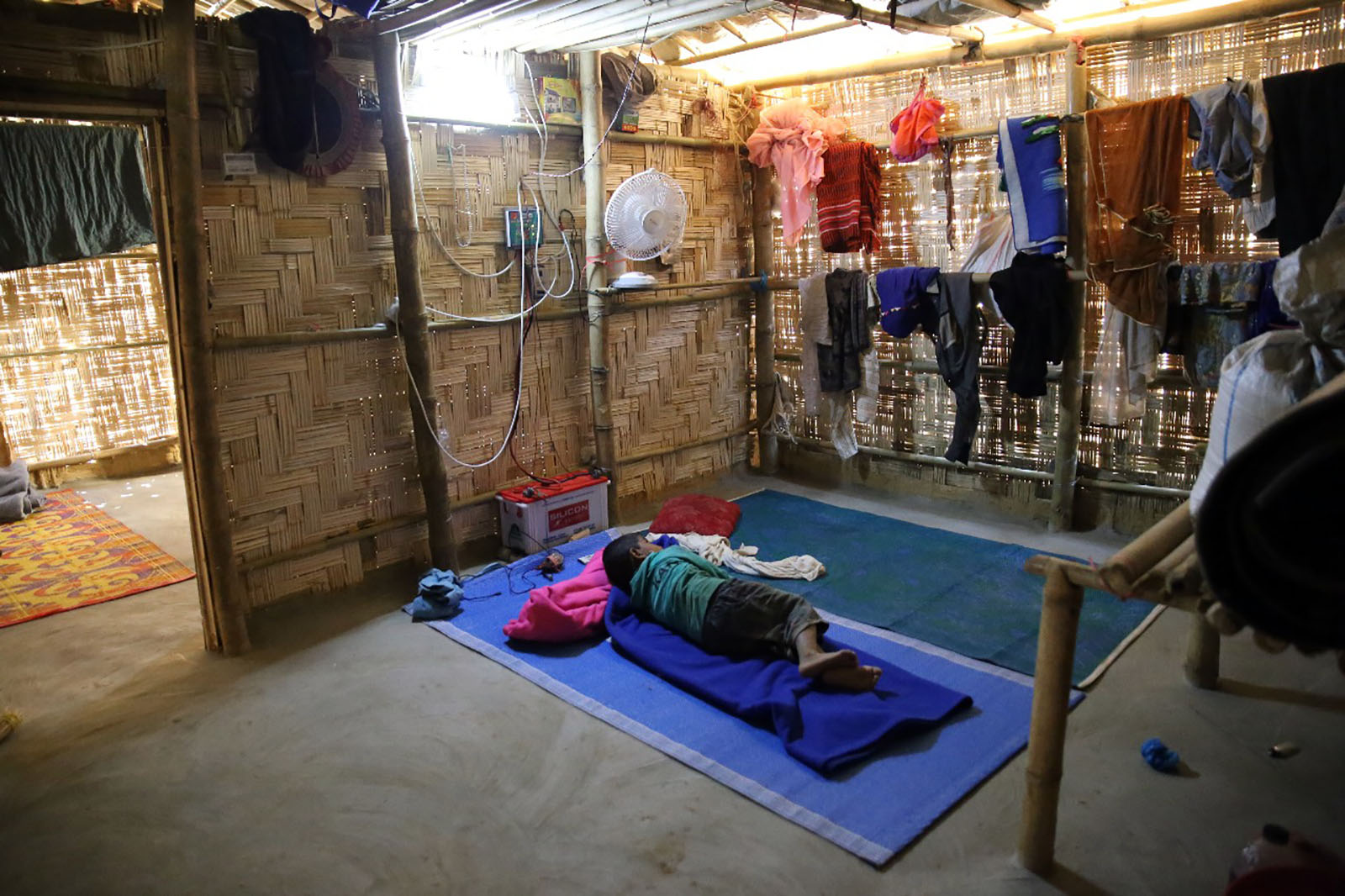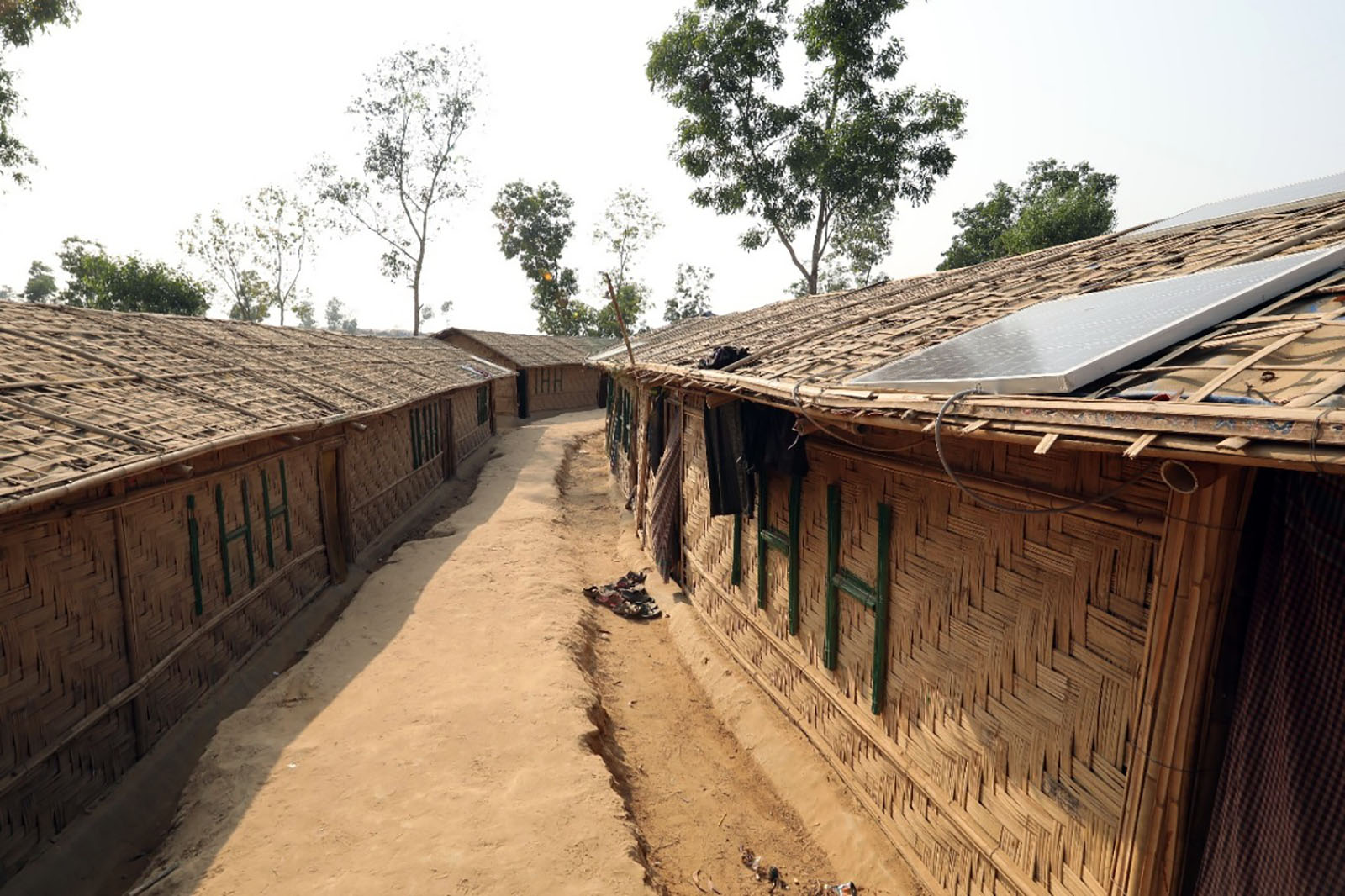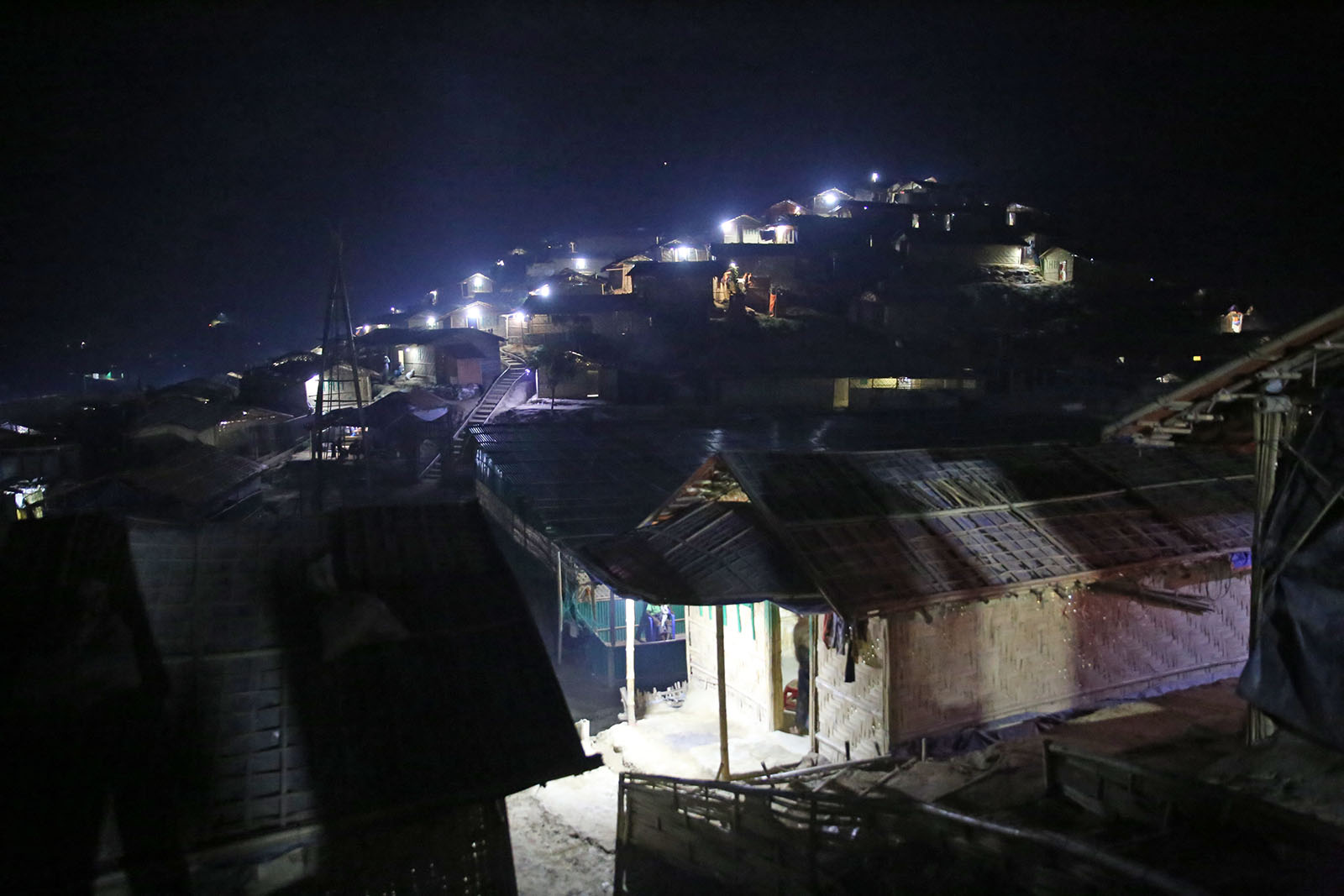
Rohingya people, systematically persecuted for more than half a century, are forced to migrate from Arakan. The latest wave of unprecedented migration which began in August 2017 fully demonstrates to what extent the persecution in Arakan has been reached. Since the last crisis, approximately 800,000 people have had to migrate to Bangladesh. Accordingly by migration, the number of Rohingya people living in Bangladesh has reached 1 million 300 thousand.

835 thousand Arakanese received aid
IHH Humanitarian Relief Foundation has been carrying out relief activities for Arakan since 1996. About 835 thousand people benefited from IHH's work in Arakan since the 24th of August. During the crisis, IHH carried out relief activities by providing food, water, hygiene, clothing, health, sheltering, education, rehabilitation and winter activities.
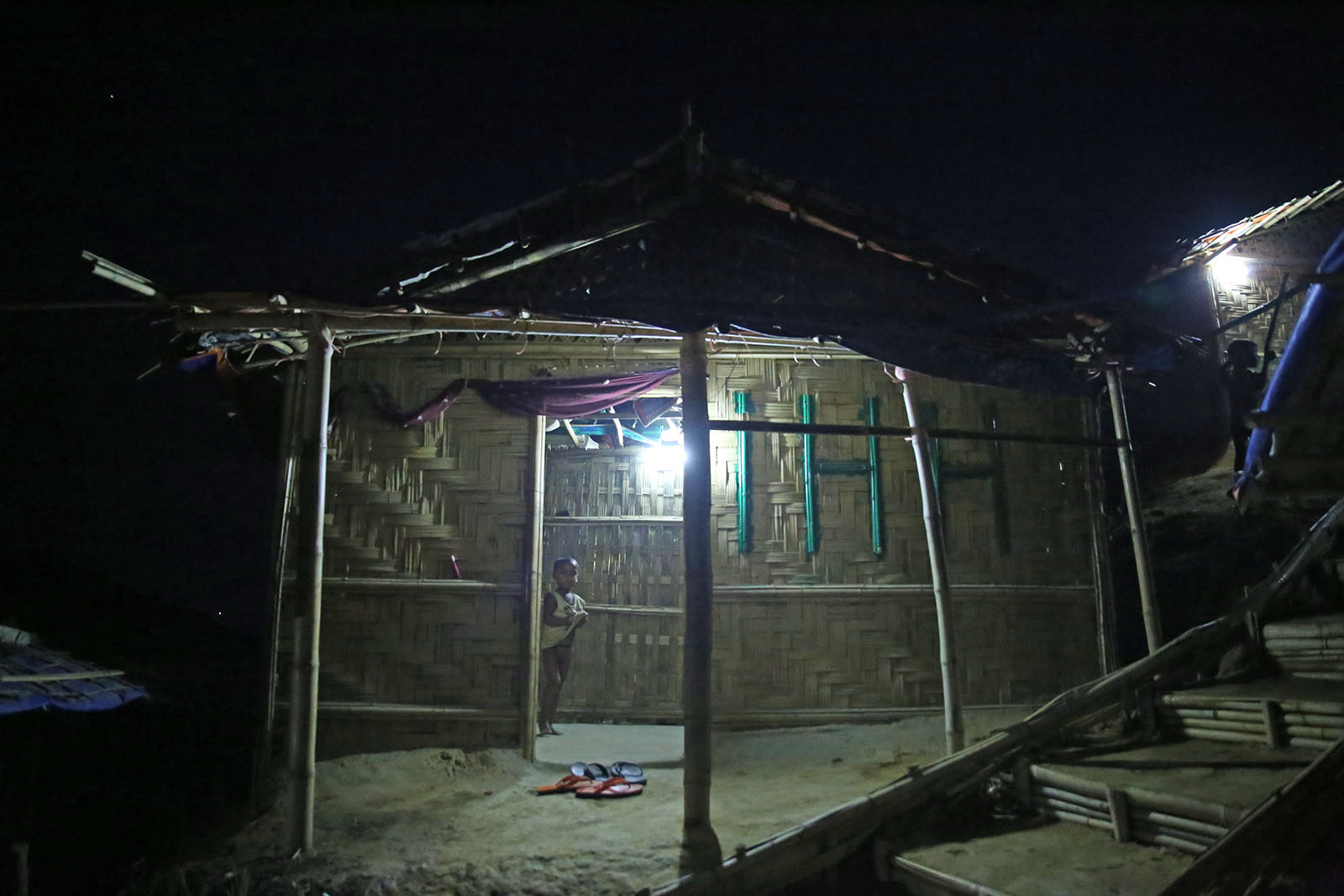
Arakanese provided with electricity for the first time
The Arakanese heaved a sigh of relief with the relief works carried out in the field of sheltering. 5,795 houses have been built in the region so far. The solar energy panels were also installed in the houses built with bamboo. Thus, the Arakanese obtained both electricity and light. The Arakanese had been living in Myanmar without electricity before they were forced to migrate.
The fact that such a project is not carried out by any international organizations coming from all around the world to carry out activities in the region revealed the marked difference of Turkey. While there is no electricity and light in any of the camps in the region, the camps were provided electricity with the solar panels installed.
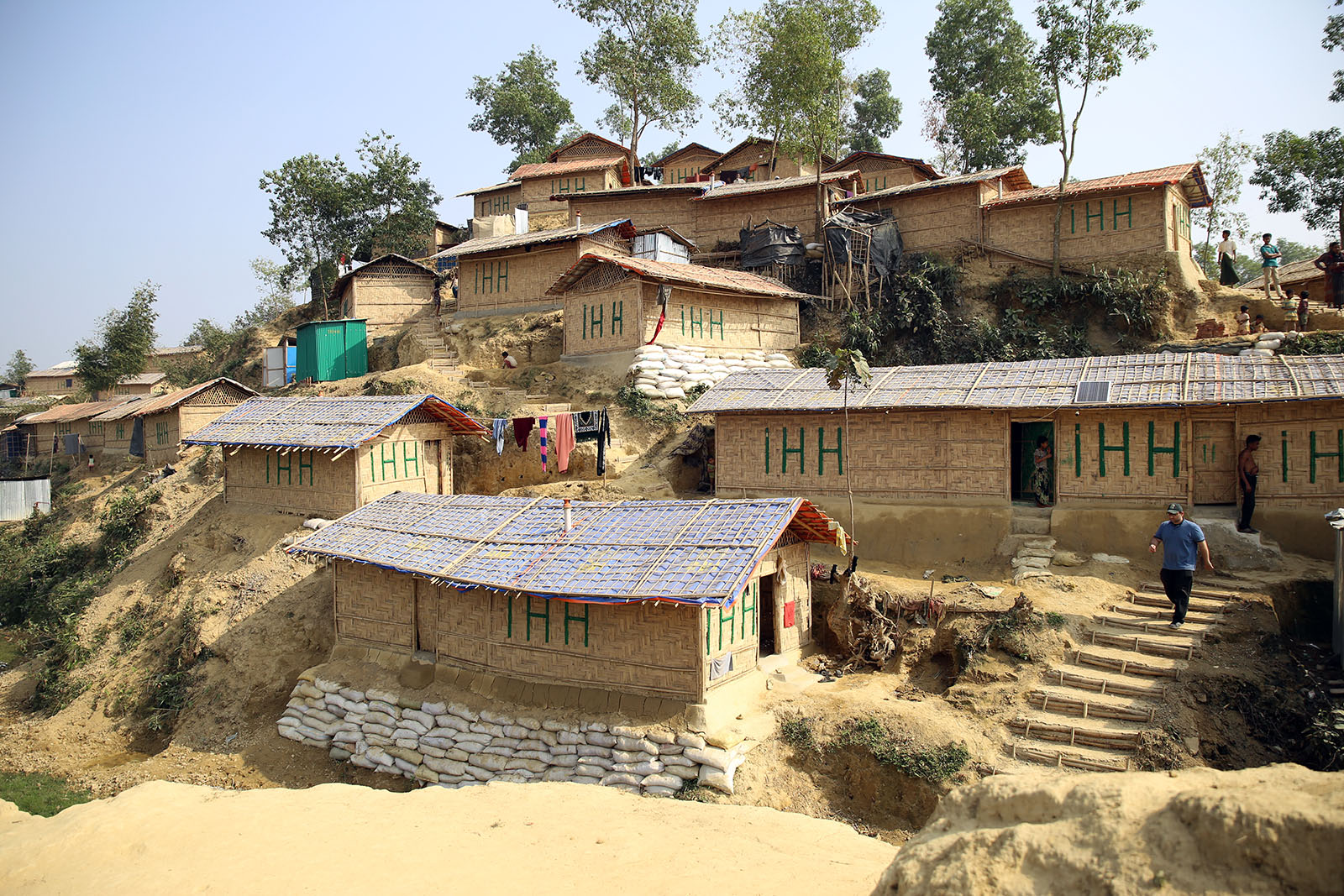
Household sample selected by UN Institution
IHH will also build 7,205 bamboo houses with the support of philanthropists and increase the number of the houses to 13 thousand. IHH also carries out the activities of establishing pedestrian paths, stairs, greening work and garbage collection in the areas where the houses are located. Since the first day of the crisis, IHH has built 5,795 bamboo houses with official permission from Bangladeshi authorities. These houses built were demonstrated as sample households to the NGOs working in the field of providing humanitarian relief in the region by the United Nations International Organization for Migration (IOM).
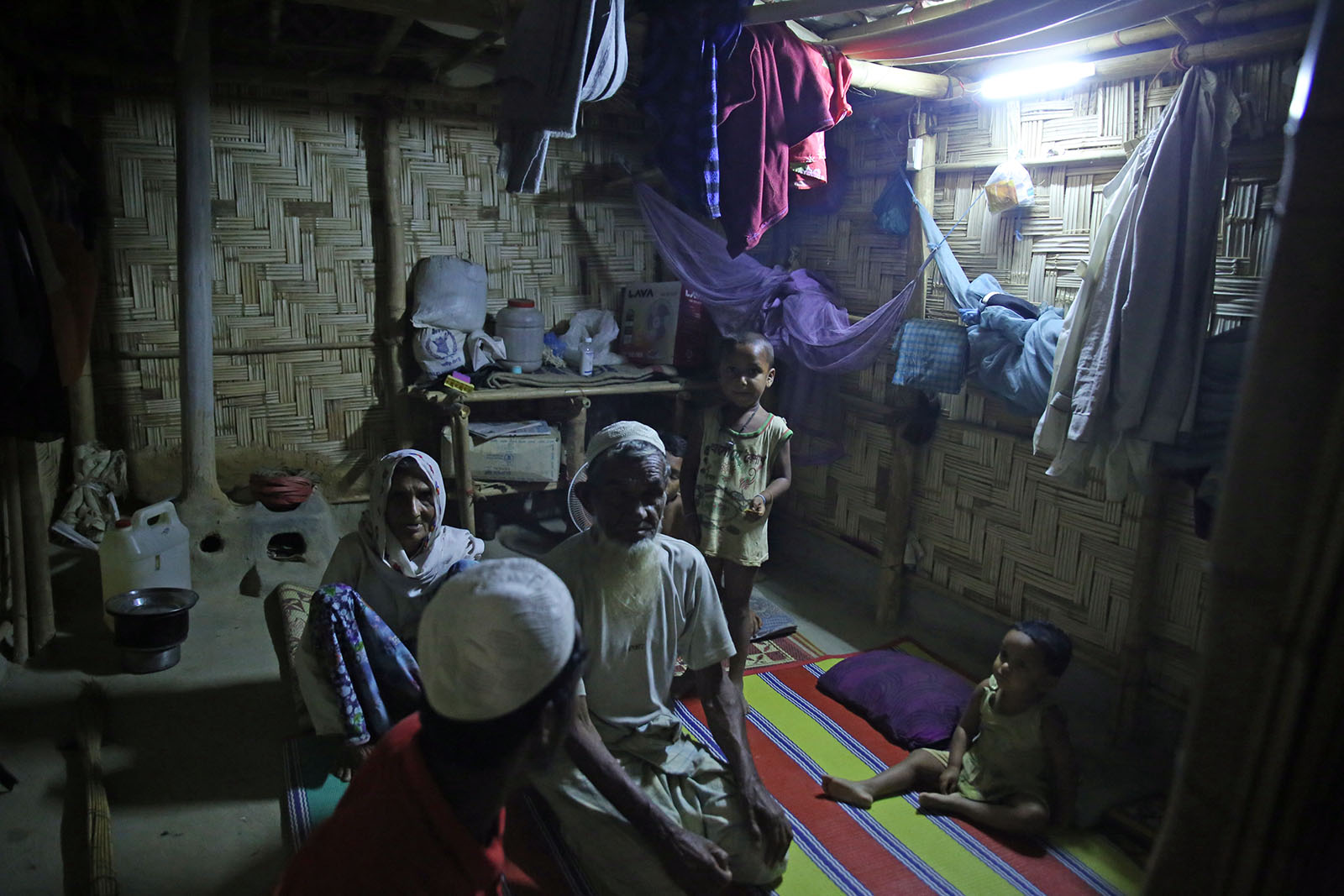
The Project was implemented in 3 camps
The characteristics of solar-powered shelters built in Jamtoli, Shafiullah Kata and Gundum 3 camps in Bangladesh’s Cox’s Bazaar are as follows;
- Every house has floor covering made up of jute fabric, kitchen tools and necessary tools for living, 3 wicker carpets, solar energy panel and funneled cooker.
- Every house is built from bamboo and canvas in an area of 16-19 square metres and resistant to the monsoon rains.
- The houses consist of two compartments and a kitchen.
